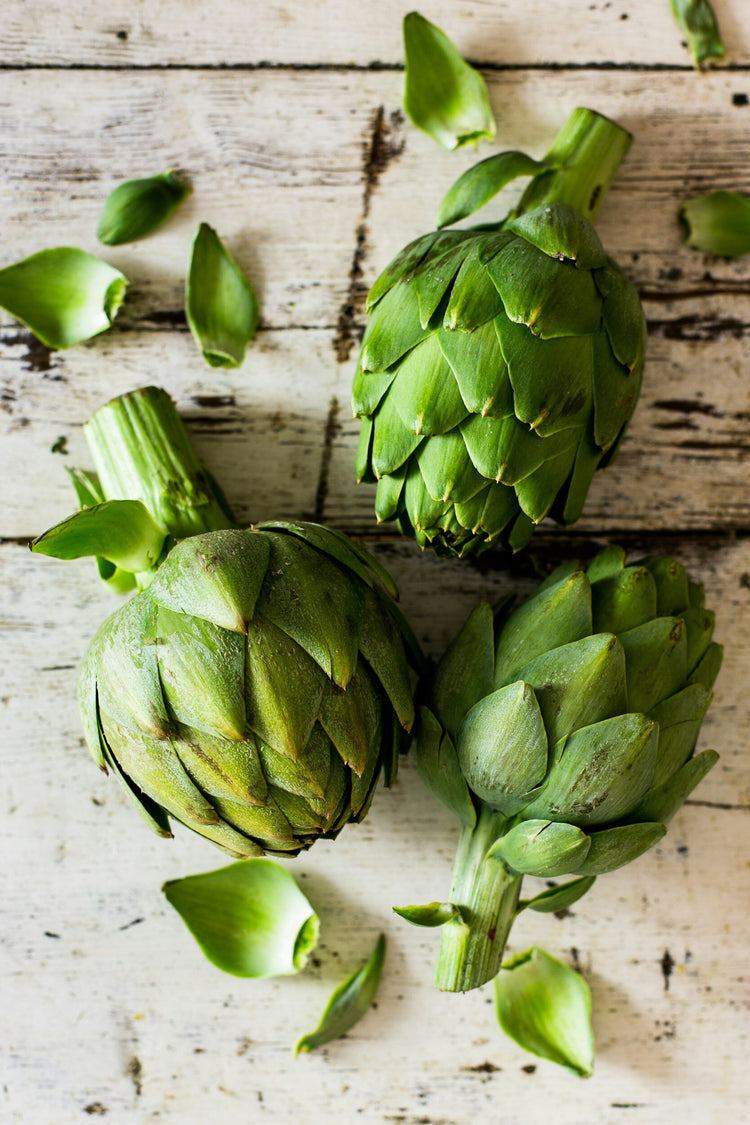The Magic Of Magnesium

Magnesium: The Unsung Hero of Your Health
Let’s shine a light on a mineral that deserves more of the spotlight—magnesium! This mighty nutrient is involved in over 300 essential reactions in your body, making it a cornerstone for good health. In this post, we’ll explore magnesium’s many benefits and how you can easily incorporate it into your daily routine.
The Incredible Benefits of Magnesium
1. Strong Bones, Happy Life
Magnesium works hand-in-hand with calcium and vitamin D to build and maintain healthy bones. Think of it as the glue that ensures your skeletal system stays strong and resilient over time. A diet rich in magnesium is a toast to lifelong bone health!
2. A Heartfelt Helper
Your heart thrives with magnesium. By helping blood vessels relax, this mineral supports healthy blood pressure and reduces heart disease risks. Just a sprinkle of magnesium-rich foods can do wonders for your cardiovascular health.
3. Muscle Magic
Tired of muscle cramps or fatigue? Magnesium ensures smooth muscle function, helping your muscles contract and relax with ease. Whether you're working out or working hard, magnesium has your back.
4. Stress Less, Sleep More
Magnesium is a natural stress reliever. It regulates neurotransmitters that promote relaxation, easing anxiety and improving sleep quality. Think of it as your personal zen master, guiding you to calm and restful nights.
5. Blood Sugar Balancer
Magnesium aids in glucose metabolism and insulin sensitivity, making it a crucial ally in maintaining steady blood sugar levels. With this mineral in your corner, you can keep those mid-afternoon energy crashes at bay.
6. Energy Boost
Need a natural pick-me-up? Magnesium powers ATP production, the fuel for your cells, keeping you energized and productive throughout the day.
7. Migraine Relief
For migraine sufferers, magnesium may be a game-changer. Research suggests it can reduce both the frequency and severity of migraines, offering much-needed relief.
8. Digestive Ally
Dealing with occasional constipation? Magnesium’s gentle laxative effect helps keep digestion moving smoothly, promoting overall gut health.
Magnesium-Rich Foods to Add to Your Plate
Incorporating magnesium-rich foods into your diet is simple and delicious! Here are some nutrient-packed options:
- Leafy Greens: Spinach, kale, swiss chard, collard greens
- Nuts & Seeds: Almonds, cashews, pumpkin seeds, sunflower seeds
- Whole Grains: Quinoa, brown rice, oats, buckwheat
- Legumes: Black beans, chickpeas, lentils, kidney beans
- Fish: Salmon, mackerel, halibut, tuna
- Other Superstars: Artichokes, avocado, bananas, dark chocolate (70% cocoa or higher), yogurt, and tofu
Should You Supplement?
For those who struggle to meet magnesium needs through food alone, supplements can help. Here’s what to know:
- Types and Dosage: Options like magnesium citrate or glycinate serve different needs. Consult a healthcare professional for personalized guidance.
- Benefits: From better sleep to migraine relief, supplements can fill nutritional gaps and support specific health goals.
- Side Effects: Stick to the recommended dosage—too much magnesium may cause digestive issues.
- Quality Matters: Choose reputable brands and check with your doctor before starting any supplement.
Recipe Highlight: Magnesium-Rich Quinoa and Spinach Salad
This vibrant salad is packed with magnesium from quinoa, spinach, and almonds. It’s a versatile dish you can enjoy as a main course or a side.
Ingredients:
- 1 cup quinoa, rinsed
- 2 cups water or vegetable broth
- 2 cups fresh spinach leaves, chopped
- 1/2 cup almonds, sliced or chopped
- 1/4 cup dried cranberries or raisins (optional)
- 1/4 cup feta cheese, crumbled (optional)
- 2 tablespoons olive oil
- 1 tablespoon lemon juice
- Salt and pepper to taste
Instructions:
- Cook the quinoa: Combine it with water or broth in a saucepan, bring to a boil, then simmer for 15-20 minutes. Let it cool.
- Assemble the salad: Mix quinoa, spinach, almonds, cranberries, and feta in a bowl.
- Make the dressing: Whisk olive oil, lemon juice, salt, and pepper together.
- Toss and serve: Drizzle the dressing over the salad and toss gently to coat. Enjoy immediately or refrigerate for later.
Magnesium is truly a powerhouse for your health. From stronger bones to calmer nerves and steady energy, it’s a nutrient worth celebrating. Add a little magnesium magic to your day and feel the difference!


